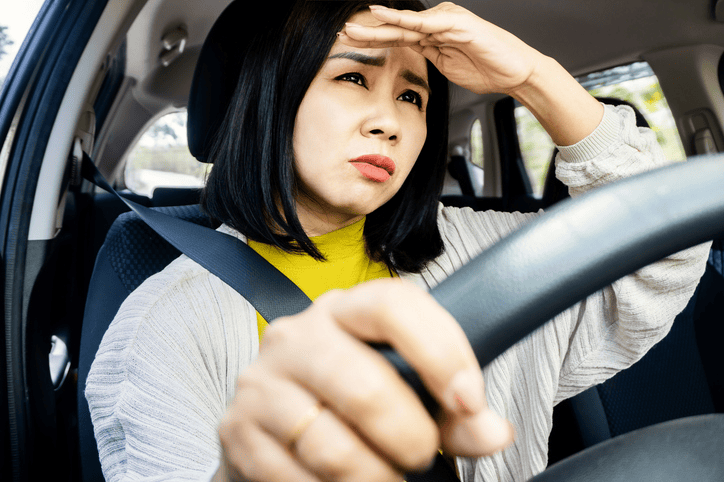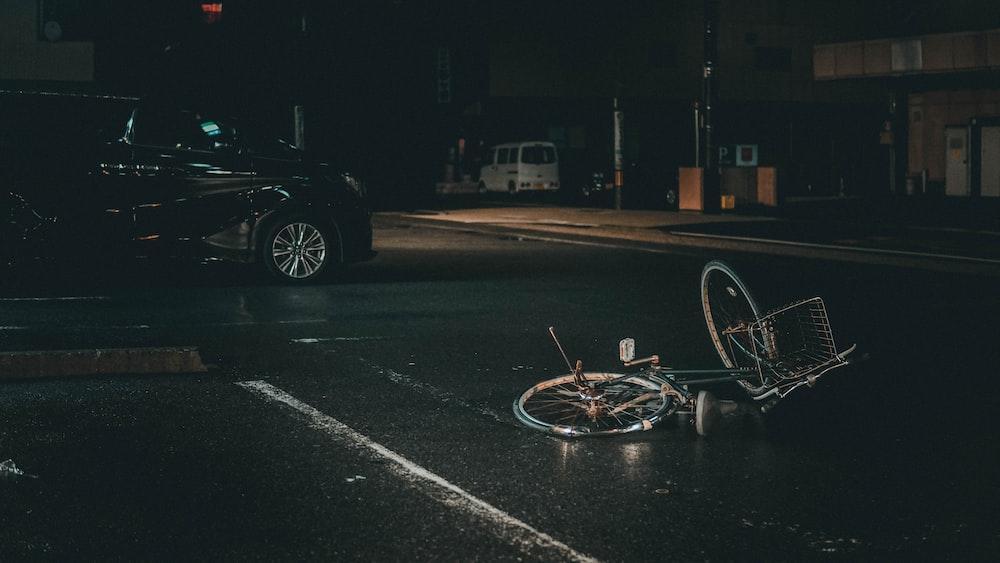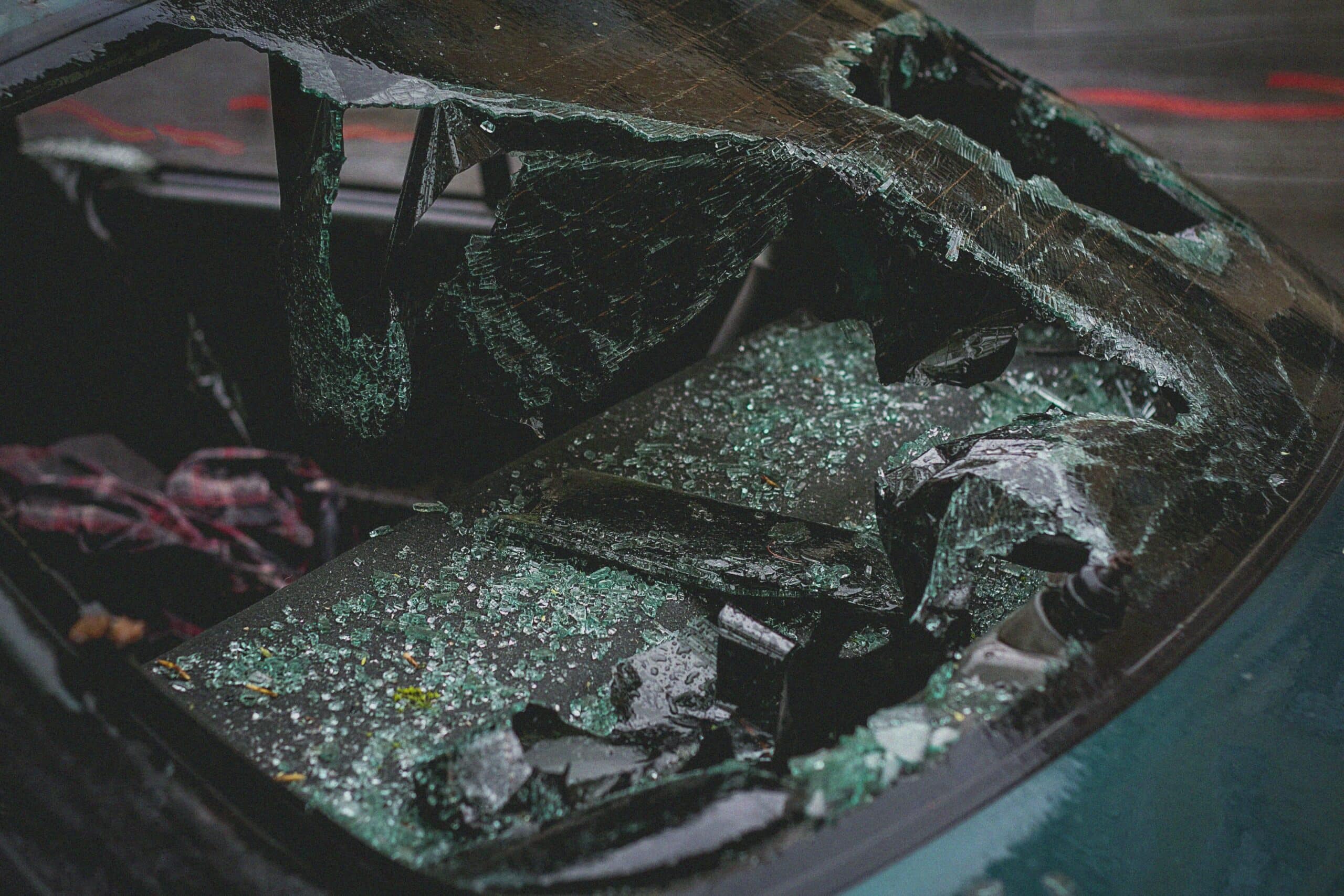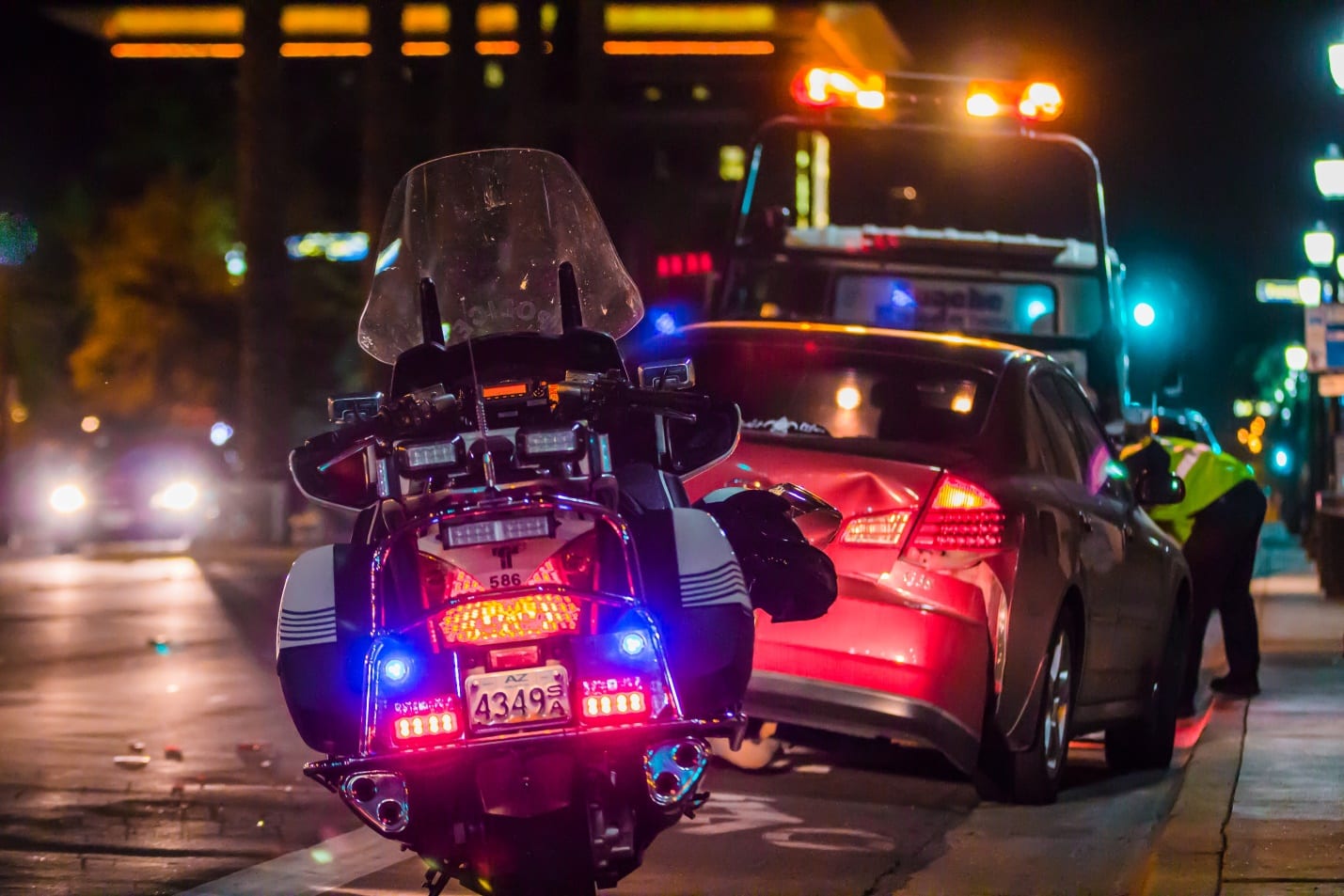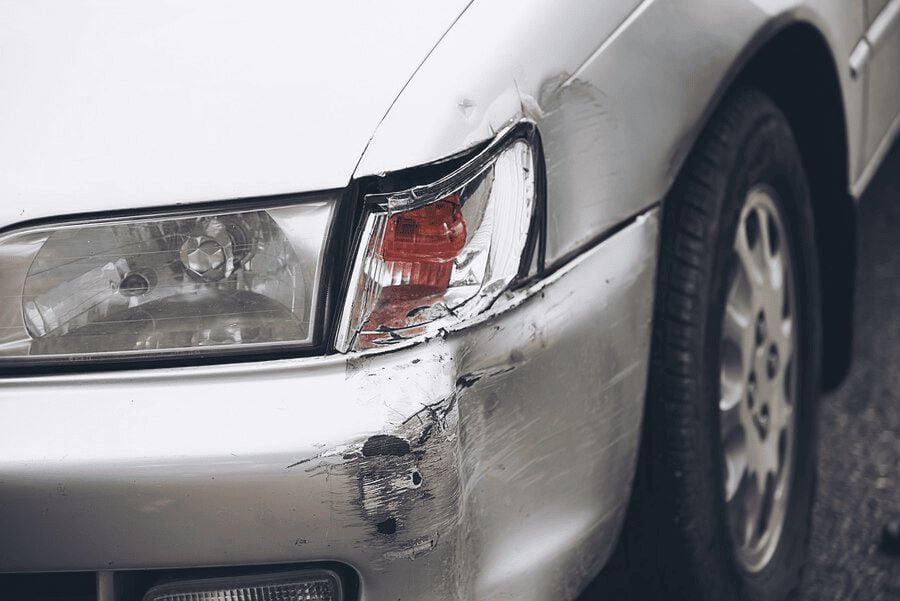
Navigating Nevada’s roads can be challenging, especially regarding blind spot accidents. If you’ve found yourself in an unfortunate situation, you may wonder, “Who is at fault in a blind spot car accident?” This article will guide you through the legal landscape of blind spot accidents in Nevada, shedding light on common causes, liability, and the steps to seek fair compensation for damages.
Understanding Blind Spot Accidents: A Closer Look
Before delving into the legal aspects, let’s grasp the essence of blind spot car accidents. A blind spot refers to the area around a vehicle that the driver cannot directly observe while operating the vehicle. These spots vary depending on the vehicle’s size, design, and the driver’s positioning. Blind spot crashes happen when a vehicle in one driver’s blind spot collides with another, often during activities like changing lanes.
Common Causes of Blind Spot Accidents
Blind spot accidents don’t happen in a vacuum; they are often the result of specific circumstances and behaviors. Understanding these common causes is important when determining fault:
Unsafe Lane Changes: One of the primary contributors to blind spot crashes is hazardous change lanes. When a driver fails to check their blind spot properly before changing lanes, it can lead to collisions with vehicles already occupying that space.
Failure to Use Blind Spot Mirrors: While modern vehicles come equipped with side view mirrors, not all drivers use additional tools like blind spot mirrors. Neglecting these mirrors can leave a significant portion of the road invisible to the driver, increasing the risk of accidents.
Negligent Driving: Drivers who are distracted, fatigued, or under the influence may neglect to check their blind spots adequately. This negligence can result in catastrophic consequences for all parties involved.
Large Vehicles and Blind Spots: Trucks, especially semi-trucks, have more prominent blind spots than smaller vehicles. If a driver of a smaller vehicle ventures into these blind spots, it can lead to severe accidents and the aftermath of a blind spot truck crash; determining liability becomes critical for those seeking fair compensation and legal guidance.
Failure to Signal Lane Changes: Signaling is fundamental to safe driving, and blind spot accidents occur when a driver fails to indicate lane changes, depriving other drivers of the opportunity to anticipate and respond appropriately.
Determining Fault in a Blind Spot Accident
Now that we’ve examined the common causes, the pivotal question remains: who is at fault in blind spot car accidents? Nevada’s legal landscape navigates fault determination through a comparative negligence system. This system means that fault can be distributed among multiple parties involved in an accident based on their degree of responsibility.
Driver’s Responsibility:
The primary responsibility lies with the driver. If a driver, who collides with someone in his or her blind spot, fails to exercise reasonable care such as checking blind spots before changing lanes they may be deemed at fault. This is especially true if they violate traffic laws or engage in negligent behavior.
Large Vehicles and Truck Drivers:
Determining fault can be more intricate in large vehicles like trucks. Truck drivers are expected to take extra precautions due to their more prominent blind spots. However, if a smaller vehicle engages in reckless behavior around a truck, it may share some of the fault.
Negligent Driving:
If it can be proven that one driver’s negligence directly contributed to the blind spot accident, they are likely to be held liable. This could include distracted driving, speeding, or other behavior compromising safety.
Failure to Use Safety Features:
If a driver fails to use available safety features like blind spot mirrors or neglects to maintain their vehicle adequately, it could be a contributing factor in determining fault.
Witness Testimony and Evidence:
Gathering witness testimony and collecting evidence, such as traffic camera footage, can play a pivotal role in determining fault. Eyewitness accounts and documented evidence provide a clearer picture of the events leading to the blind spot accident.
Navigating Nevada’s Legal Landscape
Understanding the legal aspects of blind spot accidents in Nevada is essential for anyone seeking fair compensation for damages. Here are some key considerations:
Traffic Laws and Regulations:
Familiarize yourself with Nevada’s traffic laws and regulations. Understanding the rules governing safe driving, lane changes, and signaling will provide valuable insights when determining fault.
Comparative Negligence:
Nevada follows a comparative negligence system. If you are involved in a blind spot accident, your degree of fault will impact the compensation you receive. Working with an experienced attorney can help navigate this complex system and ensure a fair assessment of fault.
Commercial Trucks and Liability:
In commercial truck cases, liability may extend beyond the truck driver to include the trucking company. An experienced lawyer can help identify all liable parties and pursue compensation accordingly.
Insurance Company Dynamics:
Dealing with insurance companies can be challenging. They often aim to minimize payouts, and their assessment of fault may not align with the actual circumstances. Having a legal representative can help you navigate conversations with insurance adjusters and ensure your rights are protected.
Seeking Fair Compensation
If you are dealing with the aftermath of a blind spot accident, seeking fair compensation is likely a top priority. Damages may include medical expenses, property damage, lost wages, and emotional distress. To maximize your chances of obtaining fair compensation, consider the following steps:
Medical Attention: Seek medical attention immediately, even if your injuries seem minor. Prompt medical care ensures your well-being and establishes a link between the accident and your injuries.
Document the Scene: Take photographs of the accident scene, including vehicle positions, damage, and relevant road conditions. This visual documentation can serve as crucial evidence.
Exchange Information: Obtain contact and insurance information from the other parties involved in the accident. Be sure to provide your information as well.
Contact Law Enforcement: Report the accident to the police and ensure that an official report is filed. This report can serve as an essential document when determining fault.
Consult with an Experienced Attorney: Engage the services of a personal injury attorney experienced in handling blind spot accidents. They can assess the circumstances, gather evidence, and navigate the legal complexities on your behalf.
Free Case Review: Many reputable law firms offer a free case review. Take advantage of this opportunity to discuss the specifics of your case with a legal professional and understand your options for pursuing compensation.
Legal Guidance and the Role of an Experienced Lawyer:
If you’re dealing with a blind spot accident in Nevada, seeking legal guidance is essential. An experienced personal injury attorney can help you navigate:
The complexities of the legal system.
Negotiate with insurance companies.
Ensure you receive fair compensation for your losses.
Preventing Blind Spot Accidents:
To reduce the risk of blind spot accidents, consider the following precautions:
Install Blind Spot Mirrors: Adding blind spot mirrors to your vehicle can enhance visibility and reduce the chances of overlooking nearby vehicles.
Use Convex Mirrors: Convex mirrors provide a wider field of view, minimizing blind spots and improving overall safety.
Practice Safe Driving Habits: Regularly check your mirrors, use turn signals, and stay attentive to surrounding traffic to decrease the likelihood of blind spot accidents.

Consult a Practiced Car Accident Attorney at BLG
In conclusion, understanding who is at fault in a blind spot accident in Nevada involves carefully examining the circumstances surrounding the collision. By being aware of common causes, and legal considerations, and seeking the assistance of an experienced attorney, you can navigate the legal landscape with confidence and work towards obtaining the compensation you deserve. Remember, a proactive approach to road safety can significantly contribute to preventing blind spot accidents and ensuring a clear path ahead on Nevada’s roads.
Take the first step towards securing your rights and fair compensation after a blind spot accident. Consult a practiced car accident attorney at BLG today for a free case review, and let us guide you through Nevada’s legal landscape with expertise and dedication.
Contact us for a free consultation today.
